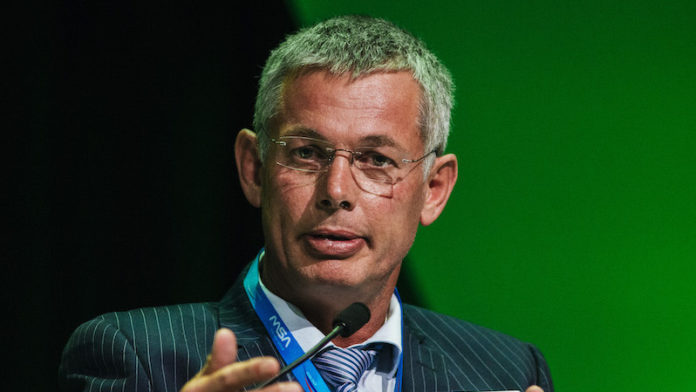
IMPALA Platinum (Implats) reinstated the dividend, retained assets it had previously marked for sale or closure, and completed the R10.9bn purchase of North American Palladium (NAP) the cost of which made only the barest of impressions on the firm’s balance sheet.
That was the impact of a 41% increase in the price received in rands for the firm’s platinum group metals (PGM) in the six months ended December. Higher prices even smoothed over the negative impact of lower refined PGM production as a result of a planned rebuild of the firm’s Zimplats furnace.
The outcome was a 52% year-on-year increase in interim headline earnings to R3.4bn, equal to 436 cents per share.
Gross refined production came in at 1.32 million oz compared to 1.59 million oz in the previous six month period. Revenue per 6E ounce sold increased to R20,888 compared to R14,804 in the comparative period. In dollar terms, Implats received $1,420/oz for PGMs sold compared to $1,044/oz previously.
To be fair to Implats, its decision to retain its 12 and 14 shafts – previously marked for sale or closure – was a function of cost, productivity and safety improvements. “Part of the improvement was brought about by the risk of close,” said Mark Munroe, Implats COO in a media conference call today. “The team was galvanised, and got back to basics. Everyone played in their position.”
Said Nico Muller, CEO of Implats: “Even if prices had remained where they are, there would be no reason to close them as the shafts have surpassed expectations,” he said. They generated R800m in free cash flow during the interim period.
The outcome was a massive swing from the August 2018 crisis in which the company had prepared to cut production about 230,000 oz/year with a loss of approximately R13,000 jobs. Today, 12,500 jobs had been saved of which 10,000 were at 12 and 14 shafts.
Shafts 1 and 9 will not be saved, however, owing to resource depletion, although there would be some medium-term life extension as a result of elevated market pricing.
The banner news, however, is how Implats eased pressure on its balance sheet which allowed for the resumption of the dividend, to be based on a minimum 30% payout of free cash before growth capital. For interim, this equates to a R1.25/share dividend.
Net cash generated from operating activities increased to R6bn for the six months which gave Implats the breathing space to completely re-engineer its balance sheet including the early conversion of its $250m bond. It also concluded the NAP deal the net effect was a R1bn lift in net debt to R1.9bn as of December 2019.
At spot, and assuming all other things equal, Implats is conservatively generating free cash flow of between R12bn to R15bn. This includes some unlock of metal in inventory – 350,000 oz in total – of which about 125,000 oz would be worked through the system in the current 2020 financial year with the balance over the next two years. PGM pricing was expected to remain at current levels for the next six to 12 months because supply of palladium and rhodium to the autocatalyst sector remained tight.
WATERBERG JOINT VENTURE
This cash generation notwithstanding, Implats bought itself more time before proceeding with an option over the Waterberg Joint Venture, a greenfields palladium project which developer, Toronto’s Platinum Group Metals (PTM) scoped at $874m in pre-production capital.
Implats said today it had extended the option to 90 days from grant of a mining right and other licences from the South African government. The option – in which Implats must choose whether to extend its 15% stake to 50.01% and carry development costs – was to have matured on April 17.
Asked if Implats was stalling on the project, Muller said: “There are specific technical project issues that we would like to work on. NAP is a cash generative business, but Waterberg is a multi-year, long-term investment and we need confidence,” he said, partly in respect of pricing forecasts for palladium in which Waterberg is heavily exposed.
“The Waterberg is attractive in that it is a shallow, mechanised bulk mine similar to NAP which is the kind of asset where we want to belance the portfolio. But we are not getting a lot of brand spanking new greenfields project in the platinum industry,” he said.









